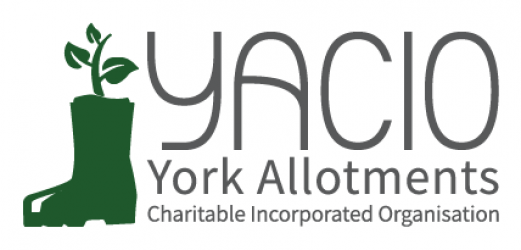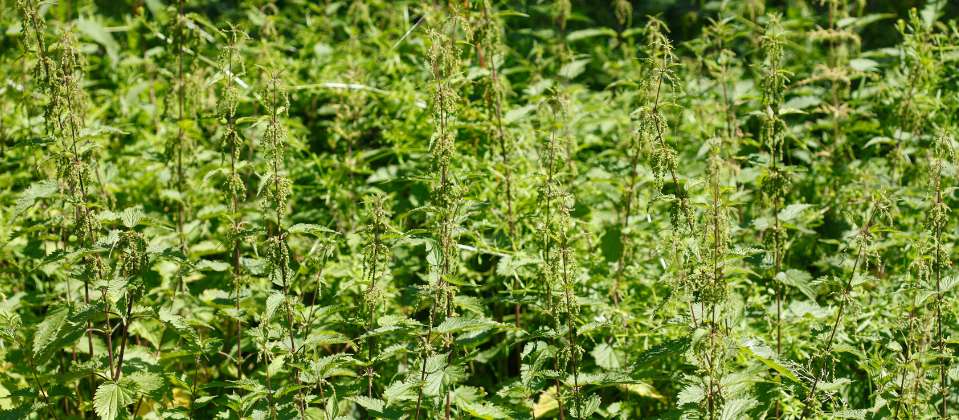The Celtic festival of Beltane is around the full moon at the beginning of May: a celebration of rising energy, growth, and a rushing headlong to midsummer now. And along with all your crops growing, weeds become really prominent on the allotment. Some gardeners get very agitated about this, and work hard to achieve a bare soil look with tidy rows of sown and planted vegetables and fruit with nothing in between. And some allotments look as though they have been dedicated to re-wilding, with rampant weeds covering almost every inch of space and their gardeners struggling to maintain pathetically small little growing patches. So let’s think a bit more about what grows where you didn’t plan and haven’t cultivated, and how to make the best of our plots at this busy time of year.
A common definition of a weed is ‘a plant in the wrong place’. That kind of thinking definitely positions the gardener as a controller, deciding what is right and wrong, where plants can and can’t be. Perhaps we can rather celebrate the resilience of weeds, how capable they are of adapting to their environment, and their use in medicine and as food.
Of course there’s an important distinction to be made between perennial and annual weeds. Annual weeds, like groundsel, herb Robert, speedwell, chickweed, cleavers, can be hoed off and composted in your regular bin or heap. The perennial ones are the most robust and tenacious, now putting on strong growth and reaching out both below and above ground. Hedge and field bindweeds, nettle, buttercups, ground elder, horsetails, couch grass and docks will limit how well your intended crops will grow, and so it is a good idea to dig out any you find – and resolve to cover your soil well over the winter to prevent them spreading. But their strong root systems mean that they are very effective at taking up soil nutrients and minerals, so you can compost them separately from your regular compost heaps, perhaps in old seed compost sacks; in a year they will have rotted to a fine dark material that can be used as a mulch to give back that richness to the soil and your crops. Nettles also make a fine plant tonic, left for a few weeks in a big container of water; the nutrients being water soluble yields a really good boost to crop growth. They also make a delicious soup, or can be added to stews or other dishes where you might add spinach: a risotto, or with pasta. Garlic mustard can be used in similar ways.
Many so called weeds can be eaten, which is really valuable at this time of year, the ‘hungry gap’ between the finished winter crops and the not yet ready summer ones. You need to learn what’s what, using a good field guide, and weeds picked when young and tender are always more tender and flavoursome. Chickweed and bittercress are lovely in a mixed salad. So called weeds might also be known as ‘wild flowers’ or ‘herbs’. Their health benefits can be considerable, and learning what you have on your plot and how to use them, is another aspect of relationship to your allotment.
It is well known that dandelion flowers are an important early source of nectar for pollinating insects – and who can deny their gorgeous sunny colour, especially in the gloomy start to spring this year. Other ‘plants in the wrong place’, like forget me nots and red dead nettle are also valuable to pollinators, and other kinds of insects and beetles relish their homes and food source on your weeds. So it’s worth enjoying all that grows on your plot – while keeping plenty of space to grow your chosen crops.


